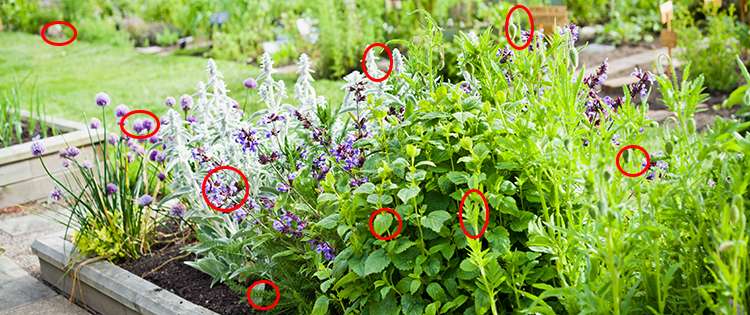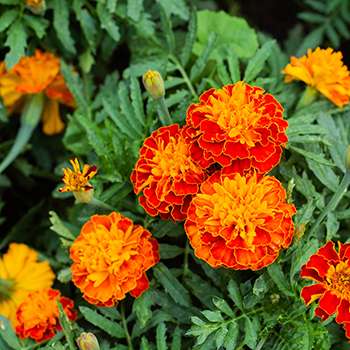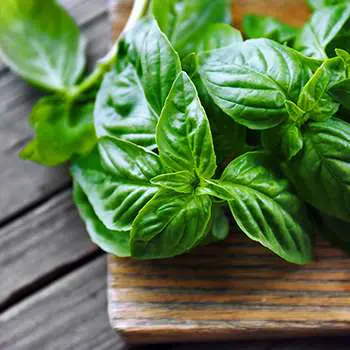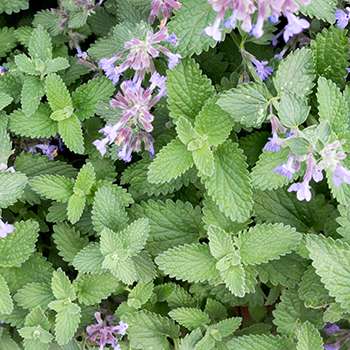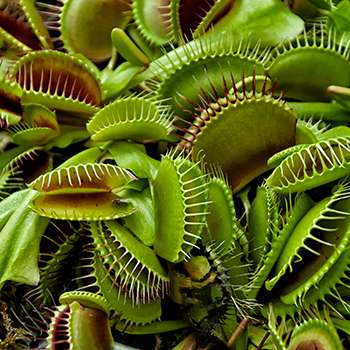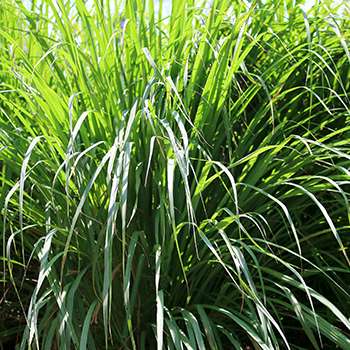When it comes to landscaping a yard, most people select herbs and plants that beautify their area. However, a better idea is to combine beauty with functionality to enjoy an aesthetically pleasing and beneficial garden.
Plus, with the help of these greener solutions, you can ensure the wellness of your family and the enhanced beauty of your garden without having to spend all your cash. Take a closer look at the top bug-repellent plants that help you fight pests and rodents.
1. Lavender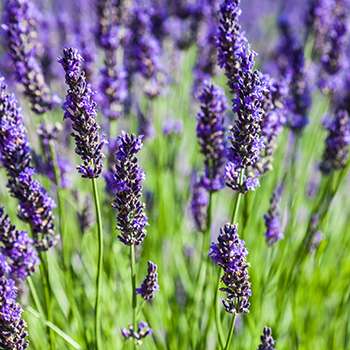
Lavender is famous for reducing stress and promoting sleep. But a wide range of insects and rodents dislike this beautiful and beneficial perennial. Plus, these readily available plants are super easy to grow!
All you need is well-drained soil and an area that receives full sunlight to enjoy quality growth.
What Does it Repel?
Its scent is known to drive away mosquitoes, fleas, moths, and mice. By placing lavender plants on your entryways and putting dried lavender in your closets, you can chase away any pests.
2. Marigolds
Marigolds are pretty flowers best known for their pest-repellent fragrance. The three most common types of marigolds are readily available and mostly thrive in full sunshine.
Gardeners typically plant marigolds in and around their gardens alongside other vegetables such as tomatoes and squash to eliminate issues with insect pests. You can also use them to reduce cramps, lower eye inflammation, act as a natural antiseptic, and ease spasms.
What Does it Repel?
These bug-repellent plants and their stink is well-known to chase away tomato worms, squash bugs, and mosquitoes. Plus, these plants can deter rabbits and deer.
Consider planting them outside your windows to keep mosquitoes and flies out of your home. Also, start growing your marigolds earlier this year to offer them a long time to germinate.
3. Basil
Basil, otherwise known as sweet basil, is typically grown for its aromatic leaves. This tropical herb requires proper sunlight and heat to develop and does best in nutrient-rich soil.
These leaves are often dried or used fresh to flavor sauces, salads, fish, and meat. In addition, you can use Basil leaves to treat loss of appetite, kidney conditions, warts, worm infections, and so on.
What Does it Repel?
This bug-repellent culinary herb is the perfect repellent against mosquitoes and houseflies. Consider planting basils in pots and decorate them around your patio to create a protective barrier.
4. Catnip
Catnip, a member of the mint family, attracts cats. Readily available and super easy to grow, catnip thrives in partial shade and dryer areas.
This perennial may be rubbed directly on your skin to offer relief and help you relax, boost your mood, and reduce your anxiety, nervousness, and restlessness.
What Does it Repel?
Catnip is a popular mosquito deterrent and may be used as a homemade bug spray to chase away annoying pests.
A good idea is to plant this perennial in your pots or in an area that you don’t mind them spreading in.
5. Garlic
Garlic is a popular yet pungent allium plant well-known to repel pests who will try to avoid it. This widely available herb can quickly be grown in various soil conditions and requires a good amount of sunlight.
This allium is well-known for boosting blood pressure, reducing the risk of heart disease, stronger bones, improving memory and skin, lowering cholesterol, and ensuring enhanced athletic performance.
What Does it Repel?
Garlic can drive away cabbage worms, slugs, carrot flies, nasty aphids, insects attack plant tubers, and roots.
You can plant garlic around the perimeter of your garden to exterminate pests at bay.
6. Venus Flytrap
Venus flytrap is an attractive, carnivorous plant that is typically difficult to find. At the same time, healthy growth requires moist, acidic soil alongside a location that enjoys full sun.
These fantastic plants trap insects within their ‘mouth’ and digest them to keep your home free of pestering bugs. Plus, its roots and leaves are used to treat cough, diabetes, fever, and even smallpox and measles!
What Does it Repel?
These plants can successfully catch flies, gnats, and other bugs that land in its mouth. You can grow it in an area that receives a good amount of sunlight to ensure a hygienic and bug-free indoor environment.
7. Chrysanthemums
Chrysanthemums contain an incredible natural compound known as pyrethrum present in most artificial insect repellents. These bug-repellent plants thrive in well-draining soil and may quickly be grown throughout the year.
Chrysanthemums are part of the Asteraceae, used to treat high blood pressure, chest pain, type 2 diabetes, dizziness, swelling, and prostate cancer. It is also considered to be a popular beverage in southern China.
What Does it Repel?
Chrysanthemums are popular deterring vexing insects like spider mites, ants, roaches, silverfish, Japanese beetles, fleas, and bed bugs.
8. Dill
Dill is an evergreen herb that is part of the celery family. Widely grown in Eurasia, the leaves and the seed of this plant are used as a spice or seasoning for flavoring food.
Readily available, dill is grown chiefly in sandy or loamy soil and must receive 6 to 8 hours of sunlight. Rich in antioxidants, this plant offers you protection against heart diseases and cancer.
What Does it Repel?
Planting dill in your garden is the best way to repel insects like aphids, squash bugs, and spider mites. However, dill can attract tomato hornworms, so keep it far away from your tomato plants.
9. Citronella Grass
Citronella naturally boasts ingredients that most traditional pest repellents contain to drive away vexing pests.
Best grown in filtered sunlight, this bug-repelling, perennial grass is a popular spice well-known for treating fevers, relieving migraines and tension, and relaxing your muscles. In addition, it has anti-bacterial, anti-inflammatory, and anti-fungal properties that make it an excellent addition to your garden.
What Does it Repel?
With the help of citronella grass, you can keep flies and mosquitoes out of your house. A good idea is to plant these near your home.
To Sum it Up
With the help of the above-mentioned incredible plants, you can protect your property from sneaky and annoying insects, arachnids, and other pests destroying the look of your yard and garden.
Add beauty and oxygen to your indoor environment by learning the best conditions and ways to grow plants that naturally repel pests.
You may also like:
10 Cooking Herbs You Should Grow In Your Garden
How to Make Bark Bread from a Tree that Grows on Almost Every Street in America (Video)
How to Build a Smokehouse In Your Backyard (with Pictures)
15 Things You Should Teach Your Children That Can Save Their Lives
How To Make Your Own Vertical Onion Planter

